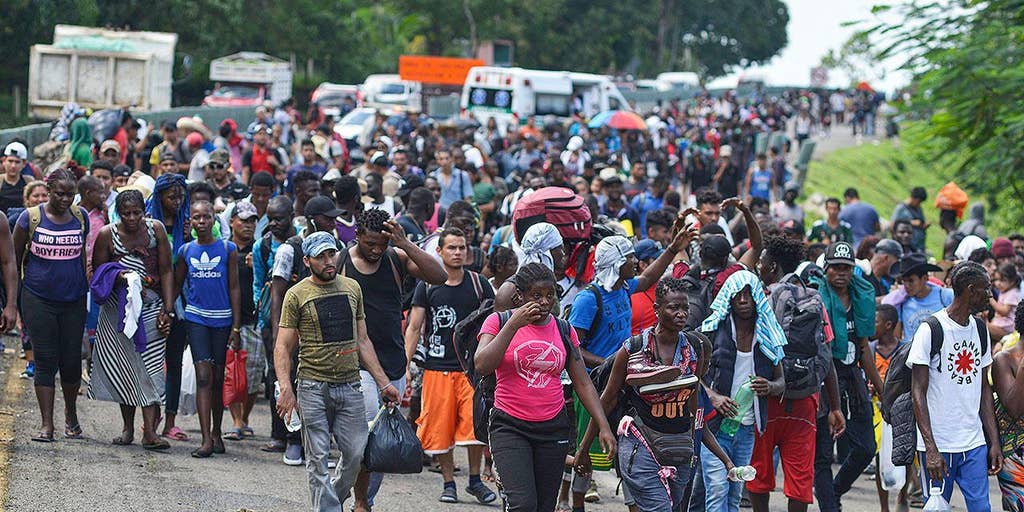In a torturous, twisted interpretation of federal immigration law, a three-judge panel of the 9th U.S. Circuit Court of Appeals upheld a preliminary court order Friday to block the Trump administration from continuing to implement its Migrant Protection Protocols, known informally as the Remain-in-Mexico policy.
But shortly after issuing the ruling, the three-judge panel voted 2-1 to put a hold on it, preventing it from going into force until the federal government can file written arguments by the end of Monday in favor of the Remain-in-Mexico policy and plaintiffs can respond by the end of Tuesday arguing in favor of stopping the policy from being carried out.
Implemented last year by the Trump administration, the policy has proven effective in stemming the flood of illegal crossings at our southern border.
One of the biggest drivers of the crisis at the southern border was the “catch and release” policy of President Barack Obama’s administration.
Because the number of illegal immigrants apprehended at the border far exceeded the capacity of federal detention facilities, most of those arrested were simply processed, scheduled for an immigration hearing and then released. The majority then disappeared into the vast interior of our country and never showed up for their immigration hearings.
Naturally, this only encouraged more illegal immigration.
Fighting back, the Trump administration issued a new rule last year that took advantage of the authority granted under 8 U.S.C. Sec. 1225(b)(2). That provision specifies that in the case of immigrants who arrive “on land (whether or not at a designated port of arrival) from a foreign territory contiguous to the United States,” they can be returned “to that territory” while their claims for asylum are pending.
The Migration Protection Protocols (MPP) required that asylum seekers who crossed the southern border had to return to Mexico until immigration officials determined the validity of their claims.

Moreover, the asylum claims of those who failed to cross through an official port of entry would not be considered credible. This is simply common sense.
After all, why would someone with a valid asylum claim sneak across the border instead of coming in legally at a port of entry? The administration provided exceptions to the MPP for unaccompanied children as well as those with a credible fear of persecution in Mexico.Read the rest from Hans A. von Spakovsky HERE.
If you like what you see, please "Like" us on Facebook either here or here. Please follow us on Twitter here.


No comments:
Post a Comment